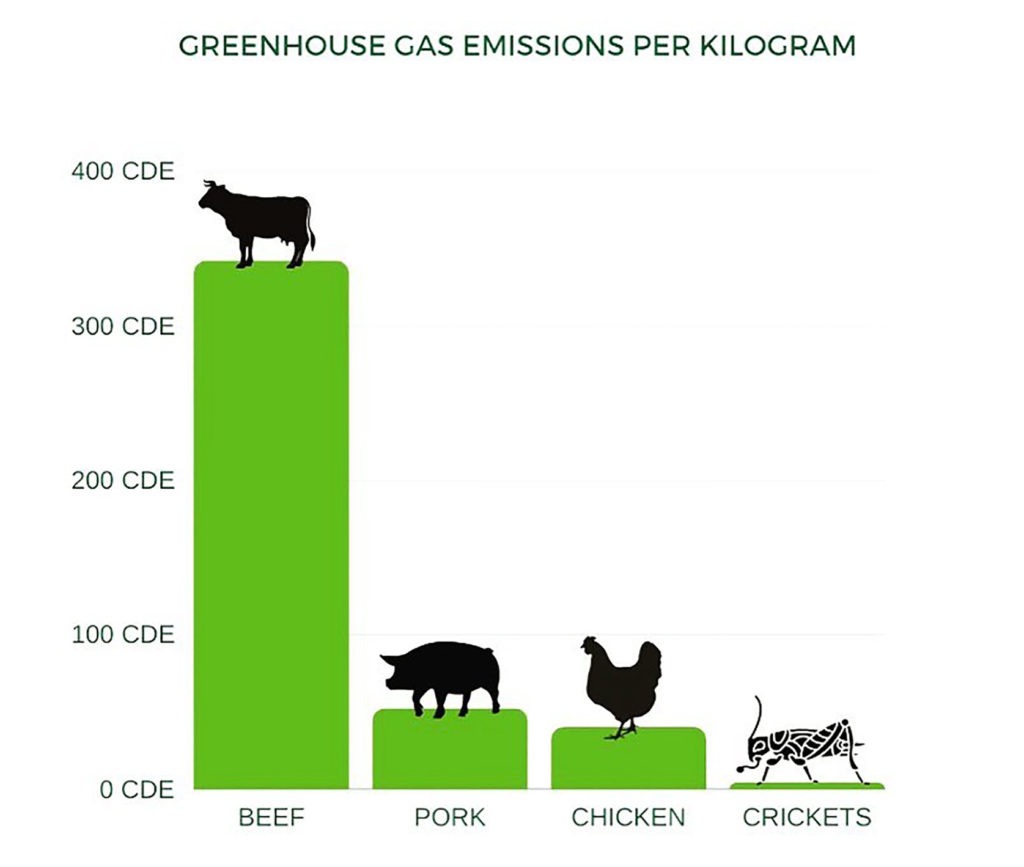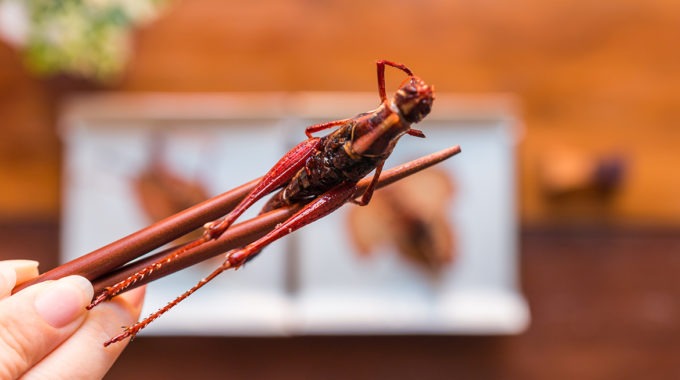Edible insects: an industry with legs
Australia can become a player in the billion-dollar global edible insect industry, producing nutritious, sustainable and ethical products to support global food security. This is according to a new edible insects roadmap developed by the CSIRO.
The roadmap lays out a comprehensive plan for the emerging industry. It explores the challenges, opportunities, cultural values, sustainability and health outcomes of the edible insect industry in Australia. Co-funded by CSIRO and the Australian Department of Foreign Affairs and Trade, the roadmap provides a framework within Australia for First Nations initiatives, start-ups, insect businesses, researchers, policymakers and community members interested in engaging with edible insects.

A booming market
CSIRO researcher and report co-author Dr Rocio Ponce Reyes says the global edible insect industry is growing fast. “The worldwide edible insect market is expected to reach $1.4 billion AUD in value by 2023,” he says. “Europe and the US lead the western world market, with more than 400 edible insect-related businesses in operation.”
Edible insects have high-value nutritional profiles. They’re rich in protein, omega-3 fatty acids, iron, zinc, folic acid and vitamins B12, C and E.
“They are also complementary to our existing diets,” Dr Ponce Reyes says. “Because they are healthy, environmentally-friendly and a rich source of alternative proteins.”

Crickets are the tip of the iceberg
Two billion people from 130 countries eat more than 2100 species of edible insects. This includes 60 native insect species traditionally eaten by Indigenous Australians. Iconic Australian species include witchetty grubs, Bogong moths, honey pot ants and green tree ants. Sustainable harvesting and low-impact farming are possible for many species. Once harvested, they can be turned into foods for humans or pets.
Commercial insect farming has a low environmental footprint. Edible insects require minimal feed, water, energy and land resources. Edible insects also have the potential to provide future trade opportunities and could lead to valuable economic outcomes.
However, the roadmap also points to challenges, including scalability and consumer response. But with the global population set to reach 9.7 billion by 2050, in order to provide sustainable protein options, it’s clear we need to explore alternative sources.









